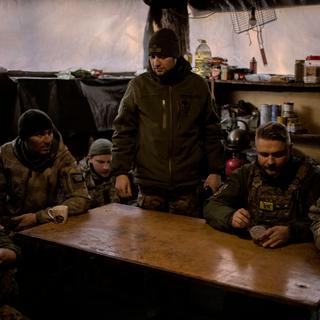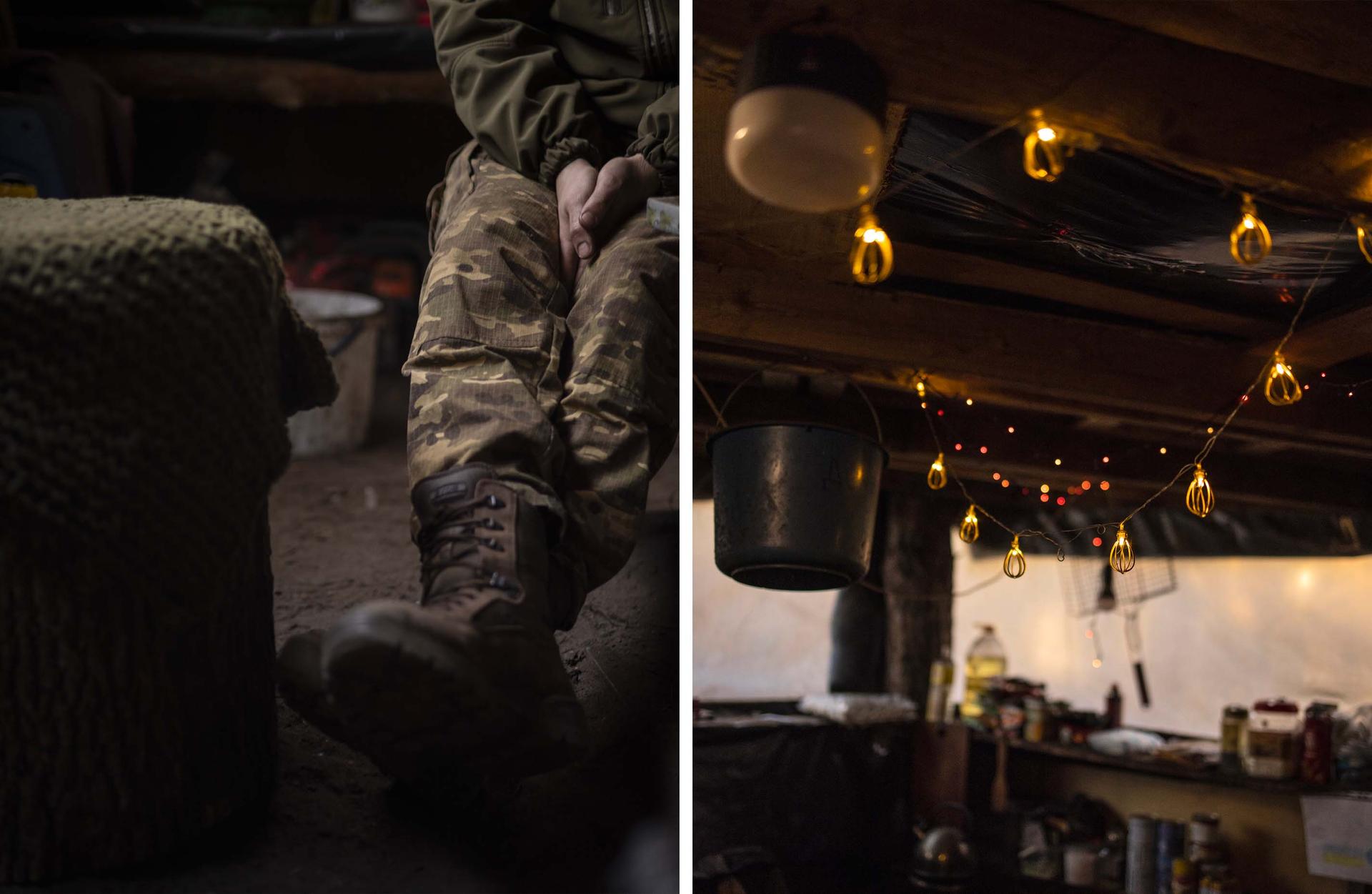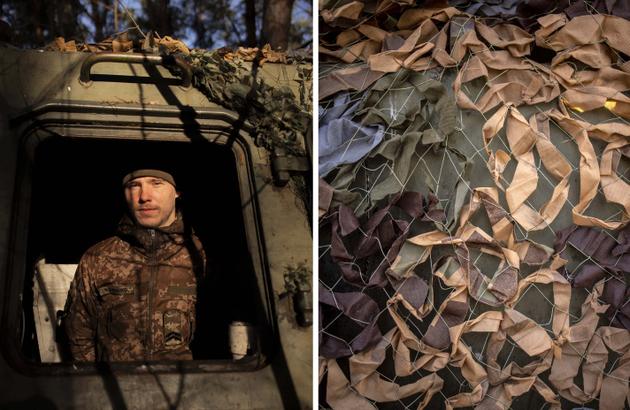


War in Ukraine: On the front line, enemy artillery units come face to face
FeatureFor more than a year, the same Ukrainian and Russian artillery units have been battling it out on either side of the front – an exhausting duel in which the Russians are gaining the upper hand.
In a concealed hut in the middle of a small wood behind the front line, a Ukrainian soldier started up the generator. A red garland, barely bigger than a rosary, began to flicker from the ceiling – the only sign of the festive season here. After the Russian airstrike of December 29, 2023, the largest in two years of war, holidays have turned into days of mourning across the country. Every day, cities continue to be struck, one after the other, on an unprecedented scale: Odesa, Kharkiv, Lviv, Kyiv.

At this rear base of the 2nd artillery division of the 1st tank brigade, located between the Donbas and Zaporizhzhia in southeastern Ukraine, soldiers were preparing to return to combat. Not a minute went by without a Russian assault, they said; winter had not discouraged the enemy. And the Russian unit they were to face was one they knew well. For a year now, the fortunes of war have pitted them against each other – always the same two artillery divisions, Ukrainian on one side, Russian on the other.
When one is relocated along the front line, it eventually again ends up against the other. The previous winter they had clashed in the Donbas, then at Izioum in the east, then near Zaporizhzhia in the south for this summer's counter-offensive, before meeting again in the direction of the Donbas with the onset of the first snow.

A war within a war
Both divisions are fighting with the same weapons from the same Soviet heritage; 2S3 Akatsiya howitzers, old artillery pieces that need constant tinkering. On the Russian side, that is the common lot. The Ukrainian unit, on the other hand, is among those not to have received a single Western cannon and therefore has to use old equipment stockpiles. But this never-ending duel between two handfuls of exhausted men reveals one of the most crucial issues on the frontline today: the race for shells. Beyond the delivery of weapons, the supply of ammunition has itself become a war within a war.
"In early autumn of 2023, you could feel the Russians getting nervous. You could hear them calling each other names for hours on the radio," said a 35-year-old Ukrainian commander, whose nomme de guerre is "Hitman." At that time, Kyiv had, for the first time, reached a level of artillery fire equal to that of Moscow, which was considerably better equipped in general. Around 10,000 shells a day were being exchanged on each side of the front.
As part of their counter-offensive, the Ukrainians had, in fact, succeeded in increasing their firepower, mainly thanks to foreign deliveries. The opposing troops, on the other hand, had had to halve their firepower: Their weapons production was struggling to keep pace with the early stages of the war.
You have 65% of this article left to read. The rest is for subscribers only.
